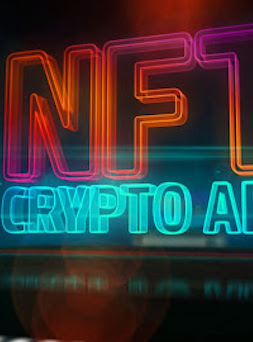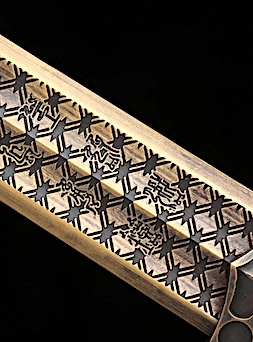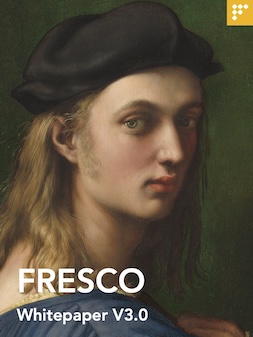SPONSORED PROJECTS
PROTECTING MUSEUMS
The Italian government has swooped in to protect its valued masterpieces from the ‘digital invasion’ brought by non-fungible tokens (NFTs)
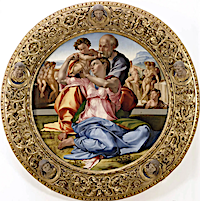
Italy is home to some of the most iconic masterpieces, but recently, copies of those special artworks have been finding their way to the new world of non-fungible tokens (NFTs). NFTs are digital representations of art, video and collectibles stored in the blockchain. They provide an easier way of authenticating masterpieces as well as proving ownership. However, the Italian government seems to be worried about the potential impact NFTs could have on its cherished masterpieces. Massimo Osanna, the director-general of museums in Italy said the government is planning to halt the digital sale of its iconic artworks following a recent incident involving one of Michaelangelo’s masterpieces. An NFT of Michelangelo’s Doni Tondo sold for €240,000, with the host gallery, Florence-based Uffizi receiving just €70,000 of the fee. According to the transaction records, the company received 50% of the profits with the Milan-based Cinello, which minted the work also pocketing €70,000. The Web3 company reportedly allocated €100,000 to expenses associated with the creation of the NFT. This raised concerns about the terms of the contract, which stated that “income due to the reproduction of the image is split in half between the company and the museum; the Cinello copy made about €140,000 [on the sale], so the Uffizi received €70,000”, said a Uffizi spokesperson. In May, the Italian newspaper La Repubblica posed a series of questions about potentially losing the heritage of the country by letting copies of its iconic masterpieces be sold as NFTs. “Who owns Michelangelo’s Doni Tondo? Who has the legal rights linked to the work? If the buyer ever decides to exhibit it, can he do it without the permission of the Uffizi? Basically, do we not risk losing control of our heritage in a time when we are increasingly moving towards the metaverse?” But Osanna could not provide a comprehensive answer to the questions this week amid a lack of a clear regulatory framework. “Given that the matter is complex and unregulated, the ministry has temporarily asked its institutions [museums and archaeological sites] to refrain from signing contracts relating to NFTs. The basic intention is to avoid unfair contracts”.
THE SWORD OF GOU JIAN
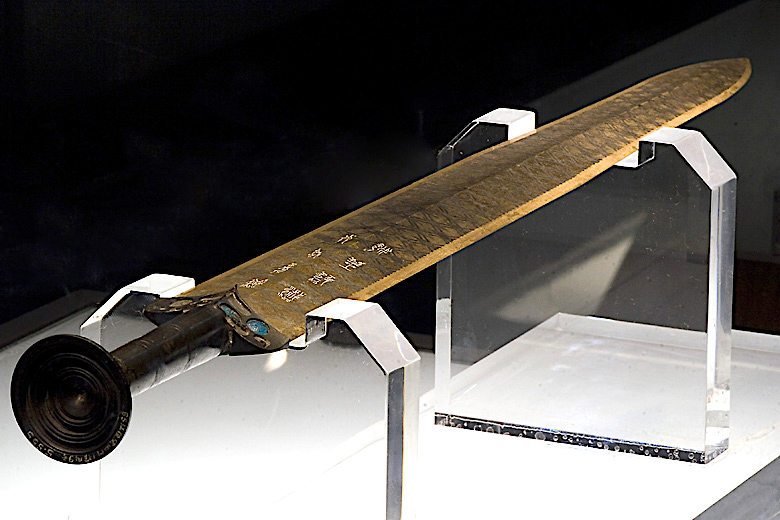
Historical artifacts are usually priceless, fragile and not to be touched. But these days, curious visitors can see them, play with them and make them part of their personal collections. Digital versions of the Sword of Gou Jian, one of China's most important historical artifacts, which has retained its sharpness and whose patterns remain clear after more than 2,000 years, sold out in seconds. Ever since it was unearthed in Hubei province in 1965, the sword has been one of the prize displays at the Hubei Provincial Museum in Wuhan, the provincial capital. Covered in delicately engraved inscriptions, mysterious black rhombus patterns and blue and turquoise inlay, it is an example of the advanced design and production techniques used to make weapons during the Spring and Autumn Period (770-476 BC) and originally belonged to a famous king of the Yue State. The NFTs digital tokens of the sword were sold to the public without being able to be transferred or sold to third parties, retaining ownership of the archaeological asset discouraging current monetary speculative activities, protecting digital archaeological values and their property rights.
